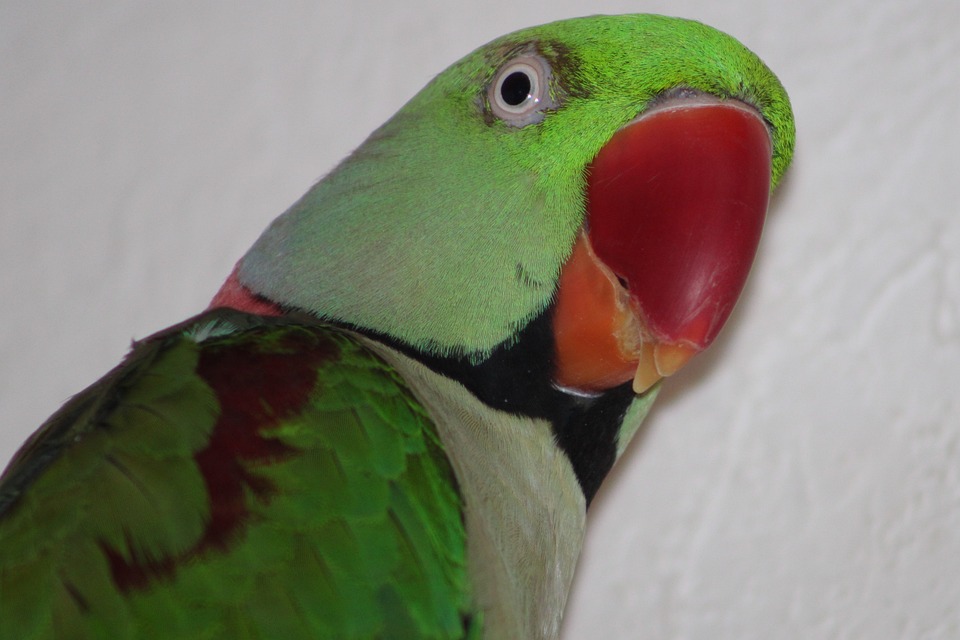Title: Engaging Your Parrot: Activities to Keep Your Feathered Friend Excited
Introduction:
Parrots are highly intelligent and social creatures that thrive on mental stimulation and physical activity. To ensure a happy and healthy parrot, it’s crucial to provide them with engaging activities that keep them mentally stimulated and entertained. In this article, we will explore various ways to keep your parrot engaged and excited, while also addressing common FAQs related to parrot behavior.
1. Environmental Enrichment: Creating a Stimulating Habitat
1.1 Providing a Spacious Cage
A spacious cage allows your parrot to move around freely and engage in natural behaviors such as climbing and stretching their wings.
1.2 Offering a Variety of Perches
Different types of perches, such as natural branches of varying thickness, provide your parrot with different textures and help exercise their feet.
1.3 Incorporating Safe Toys and Puzzles
Toys and puzzles designed specifically for parrots can keep them mentally stimulated and prevent boredom. Ensure that the toys are safe and made of non-toxic materials.
1.4 Introducing Natural Elements
Bringing elements of nature into your parrot’s environment, such as fresh branches, leaves, or pinecones, can provide them with new textures and scents to explore.
1.5 Rotating Toys and Rearranging Perches
Regularly rotating toys and rearranging perches in the cage will keep your parrot’s environment fresh and exciting, preventing them from getting bored.
2. Mental Stimulation: Engaging Your Parrot’s Cognition
2.1 Teaching Tricks and Commands
Parrots love to learn and show off their skills. Teaching them tricks and commands not only provides mental stimulation but also strengthens the bond between you and your feathered friend.
2.2 Interactive Foraging Toys
Foraging toys that require your parrot to work for their food can keep them mentally engaged and simulate their natural foraging behavior.
2.3 Puzzle Toys and Treat Dispensers
Puzzle toys and treat dispensers challenge your parrot’s problem-solving skills and provide them with a rewarding experience when they figure out how to access their treats.
2.4 Music and Audio Stimulation
Playing music or audio recordings specifically designed for parrots can provide them with auditory stimulation and prevent boredom.
2.5 Social Interaction and Training Sessions
Regular social interaction and training sessions with your parrot help keep their minds active and provide them with mental and emotional enrichment.
3. Physical Exercise: Keeping Your Parrot Active
3.1 Flight Opportunities
Providing opportunities for your parrot to fly, either within a safe indoor space or in an outdoor aviary, allows them to exercise their wings and stay physically fit.
3.2 Climbing and Swinging
Parrots love to climb and swing. Provide them with climbing structures and swings in their cage or play area to encourage natural physical activities.
3.3 Obstacle Courses and Play Gyms
Setting up obstacle courses or play gyms where your parrot can navigate through tunnels, climb ladders, and explore various toys and perches can provide them with physical exercise and mental stimulation.
3.4 Outdoor Time and Harness Training
Supervised outdoor time, with the use of a harness for safety, allows your parrot to experience natural sunlight, fresh air, and different sights and sounds, enhancing their overall well-being.
3.5 Regular Wing Clipping
Consult with an avian veterinarian to determine if wing clipping is suitable for your parrot. Clipping their wings can prevent accidents and injuries while ensuring they still have opportunities to exercise and explore.
4. FAQs: Addressing Common Questions About Parrot Behavior
4.1 Why is my parrot plucking its feathers?
Feather plucking can be a sign of stress, boredom, or underlying health issues. Consult with an avian veterinarian to rule out any medical conditions and identify possible causes.
4.2 How can I discourage excessive screaming?
Excessive screaming can be a result of boredom or a cry for attention. Providing mental and physical stimulation, along with positive reinforcement training, can help reduce excessive screaming.
4.3 Why does my parrot bite?
Parrots may bite due to fear, territoriality, or lack of proper socialization. Understanding your parrot’s body language and providing positive reinforcement training can help address biting behavior.
4.4 How can I prevent feather destructive behavior?
Feather destructive behavior can be a sign of stress, boredom, or underlying health issues. Environmental enrichment, regular social interaction, and addressing any underlying issues can help prevent feather destructive behavior.
4.5 Is it normal for parrots to talk or mimic sounds?
Yes, parrots have the ability to mimic sounds and learn to talk. However, not all parrots will develop this skill. Talking or mimicking sounds is a natural behavior for some parrot species.
Conclusion:
By implementing these engaging activities into your parrot’s daily routine, you can provide mental stimulation, physical exercise, and a stimulating environment that will keep your feathered friend happy and entertained. Remember, each parrot is unique, so be sure to tailor the activities to suit your bird’s preferences and capabilities. With proper enrichment, your parrot will lead a fulfilling life, displaying their natural behaviors and fostering a strong bond with you, their devoted companion.
Disclaimer:
Before introducing any new activities or changes to your parrot’s routine, it is always advisable to consult with an avian veterinarian or an experienced avian behaviorist to ensure the safety and well-being of your parrot.









